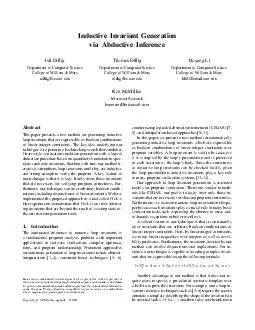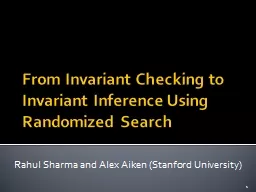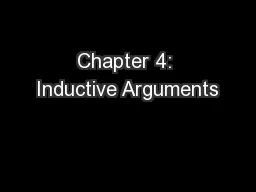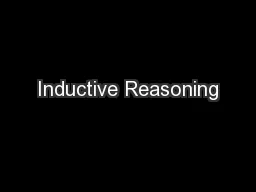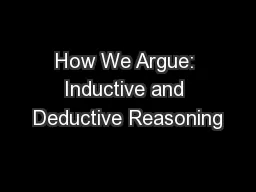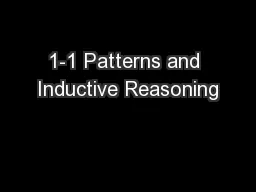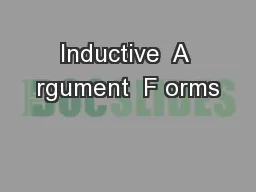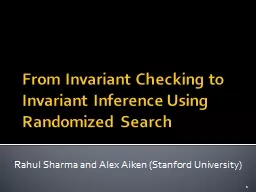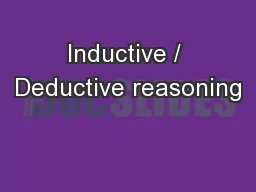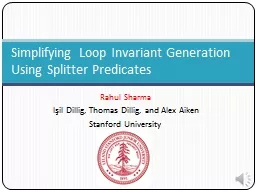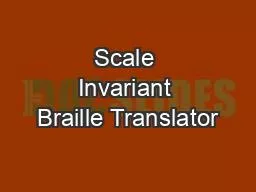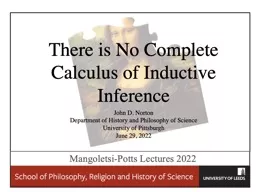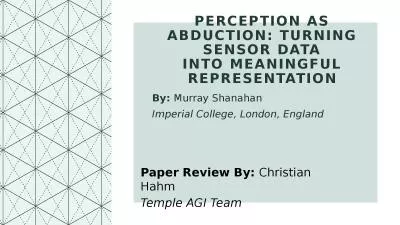PDF-Inductive Invariant Generation via Abductive Inference Isil Dillig Department of Computer
Author : pamella-moone | Published Date : 2015-01-19
wmedu Thomas Dillig Department of Computer Science College of William Mary tdilligcswmedu Boyang Li Department of Computer Science College of William Mary bli01emailwmedu
Presentation Embed Code
Download Presentation
Download Presentation The PPT/PDF document "Inductive Invariant Generation via Abduc..." is the property of its rightful owner. Permission is granted to download and print the materials on this website for personal, non-commercial use only, and to display it on your personal computer provided you do not modify the materials and that you retain all copyright notices contained in the materials. By downloading content from our website, you accept the terms of this agreement.
Inductive Invariant Generation via Abductive Inference Isil Dillig Department of Computer: Transcript
Download Rules Of Document
"Inductive Invariant Generation via Abductive Inference Isil Dillig Department of Computer"The content belongs to its owner. You may download and print it for personal use, without modification, and keep all copyright notices. By downloading, you agree to these terms.
Related Documents

